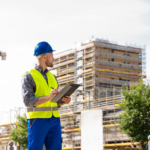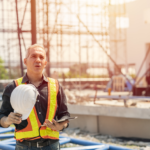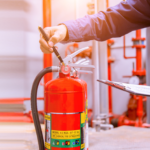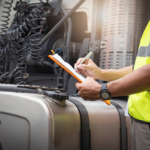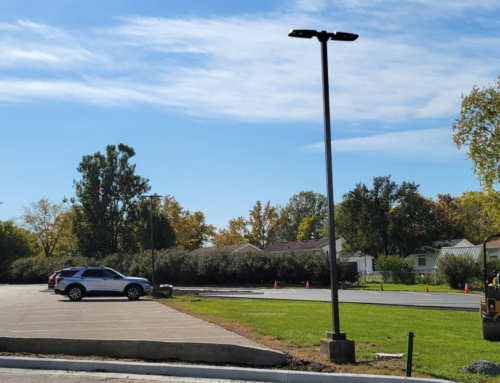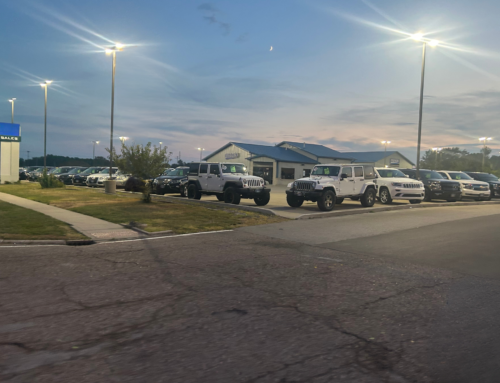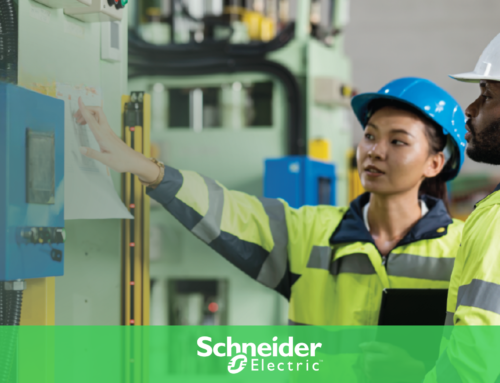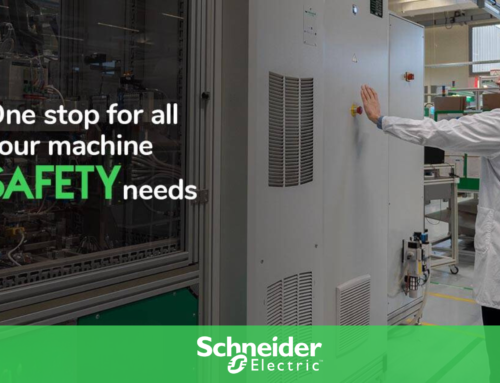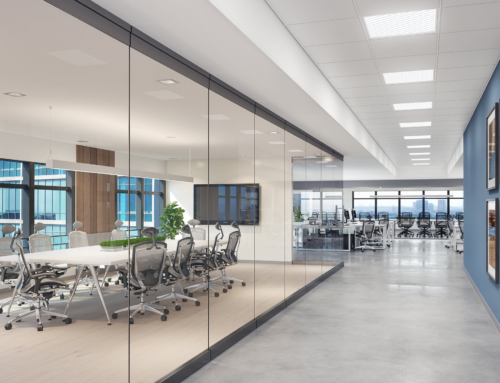Reducing Slips, Trips and Falls: Promoting Safety in the Workplace
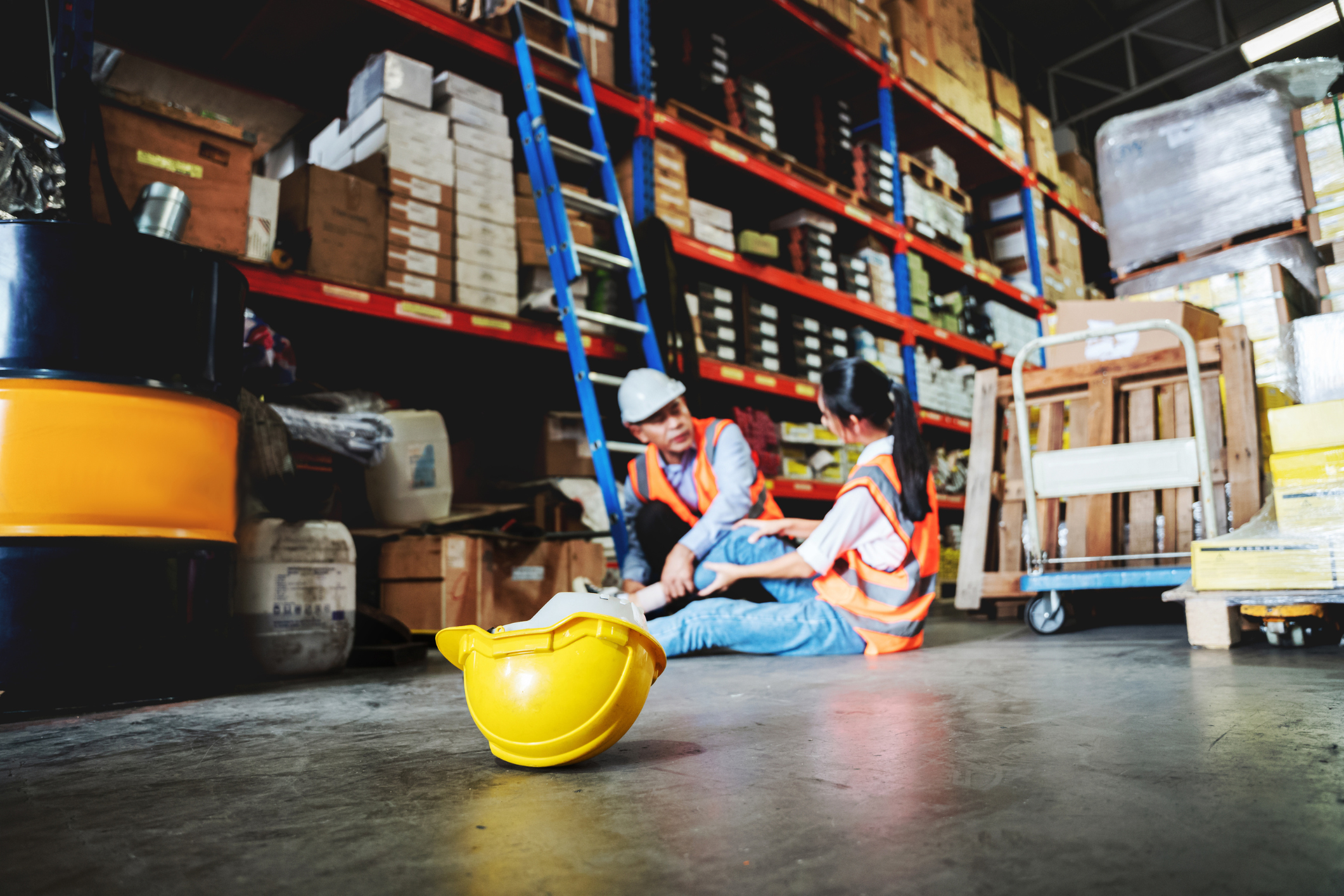
Maintaining a safe working environment is crucial for both employers and employees. One common hazard that poses a significant risk to workplace safety is slips, trips, and falls. These accidents can result in serious injuries, affecting productivity, increasing healthcare costs, and causing emotional distress. In this blog post, we will explore the causes of slips, trips, and falls at the workplace and discuss effective strategies for preventing them.
Causes of Slips, Trips, and Falls
Hazardous Surfaces: Uneven flooring, wet or slippery surfaces, loose carpets, or cluttered walkways are common culprits contributing to slips, trips, and falls. Such hazards can be found in various work settings, including offices, manufacturing plants, retail stores, and construction sites.
Poor Lighting: Insufficient or inadequate lighting makes it difficult for employees to identify potential obstacles or hazards, increasing the likelihood of accidents. Dimly lit staircases, corridors, or parking lots can significantly impair visibility and pose risks.
Inadequate Housekeeping: Failure to maintain a clean and organized workplace can create a breeding ground for accidents. Objects left in walkways, spilled liquids, or unsecured cables are examples of hazards resulting from poor housekeeping practices.
Prevention Strategies
1. Maintain Clean and Clear Walkways: Regularly inspect and clean the workplace to eliminate clutter, loose cables, and any other obstacles that may impede movement. Encourage employees to promptly report any potential hazards they come across.
2. Provide Proper Signage: Install clear and visible signage to highlight potential risks, such as wet floors or uneven surfaces. Signage should also indicate the correct procedures to follow, such as using handrails or taking precautions in specific areas. (Shop Signs and Tags)
3. Improve Lighting Conditions: Ensure adequate lighting in all areas of the workplace, particularly in high-traffic areas, stairwells, and parking lots. Use natural light wherever possible and install additional lighting fixtures as needed. (Learn how we can help with a lighting audit!)
4. Implement Effective Housekeeping Practices: Train employees on the importance of good housekeeping, emphasizing the proper storage of materials, regular cleaning, and the importance of maintaining a clutter-free workspace. Establish clear guidelines and routines for housekeeping tasks.
5. Provide Appropriate Personal Protective Equipment (PPE): Depending on the nature of the work, employees may require specialized footwear with slip-resistant soles, proper safety harnesses, or other protective equipment. Ensure that employees are provided with the necessary PPE and trained in its correct usage. (Shop PPE)
6. Promote Awareness and Training: Conduct regular safety training programs to educate employees about the risks associated with slips, trips, and falls. Training should cover awareness of hazards, proper walking techniques, and the importance of reporting potential risks.
Slips, trips, and falls are preventable accidents that can have severe consequences for both employees and employers. By implementing effective preventive measures and promoting a safety-oriented culture, workplaces can significantly reduce the occurrence of these incidents. Regular inspections, good housekeeping practices, appropriate signage, proper lighting, and thorough training are key elements in creating a safe working environment.
Remember, safety is a collective responsibility. By working together, employees and employers can create a workplace where slips, trips, and falls become a rarity rather than a common occurrence. Let us prioritize safety, protecting one another and fostering a productive and secure working environment.

